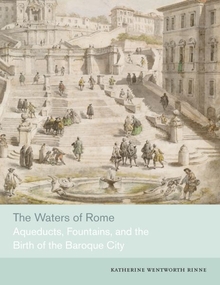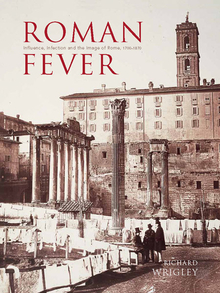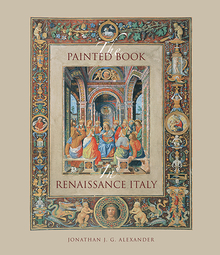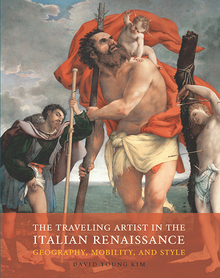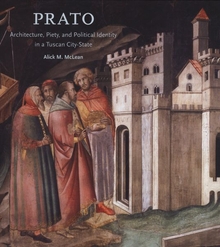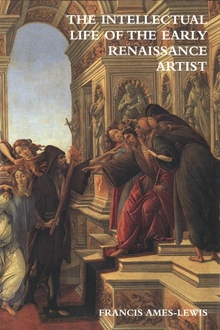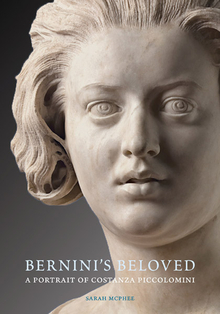Bernini and the Bell Towers
WARNING
You are viewing an older version of the Yalebooks website. Please visit out new website with more updated information and a better user experience: https://www.yalebooks.com
Architecture and Politics at the Vatican

Read this book online via the A&AePortal, our art and architectural history eBook platform. To learn more about how to access this book, please contact us.
This engaging and beautifully illustrated book tells the complete story of the bell towers for the first time. Presenting a wealth of new visual and documentary evidence, Sarah McPhee reconstructs the entire affair, the architectural and political milieu, the evolution of the designs, and the varying influences of all those involved in the project. McPhee examines the multiple constraints under which Bernini worked, including the ambitions of the pope, the criticisms of rival architects, the financial and political constraints of the building committee, the monumental history of the basilica, and the geology of the site. She reinterprets Bernini’s role as architect and shows convincingly that the failure of the bell tower was not Bernini’s own. Instead, it was the failure of the institution of the Vatican, driven by liturgical and political imperatives, that doomed the project despite the architect’s heroic efforts.
"Discovering overlooked yet revelatory details in drawings and prints, exploring the visible and hidden fabric of the Vatican basilica itself, and patiently examining consistencies and discrepancies in narratives preserved in archival and printed sources, Sarah McPhee deftly reconstructs the professional and bureaucratic rhythms of architectural practice while attending to larger issues of patronage and symbolism. . . . The production qualities of this volume are lavish. . . . Scholars will find much to illuminate fascinating moments in the history of a venerable building and a no-less-venerable institution."—John E. Moore, Journal of the Society of Architectural Historians
"Sarah McPhee defly reconstructs the professional and bureaucratic rhythms of architectural practice while attending to larger issues of patronage and symbolism. . . . Scholars will find much to illuminate fascinating moments in the history of a venerable building and a no-less-venerable institution." —John E. Moore, Journal of the Society of Architectural Historians
Publication Date: January 11, 2003


